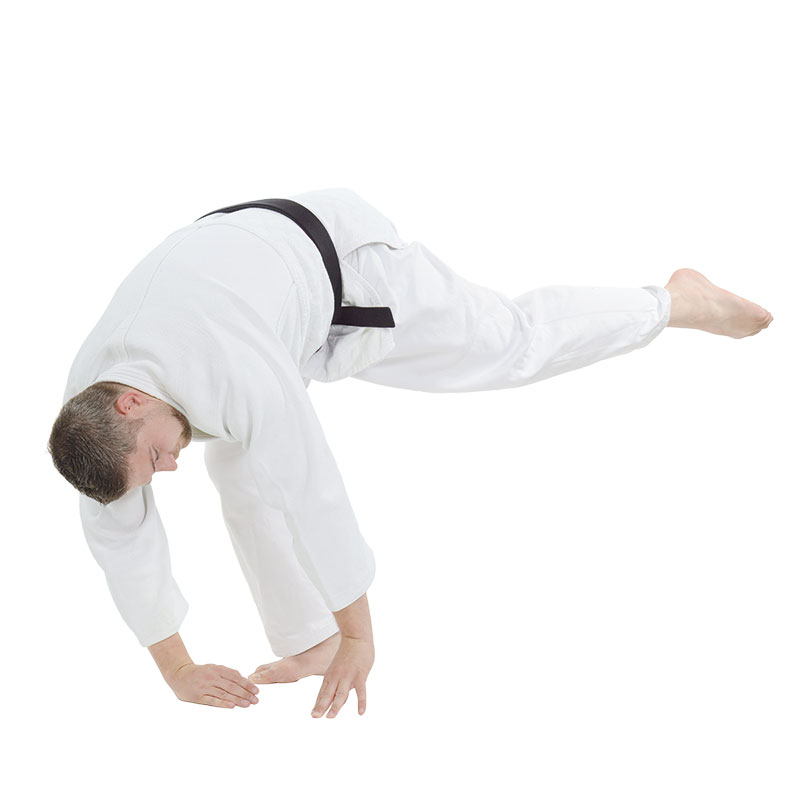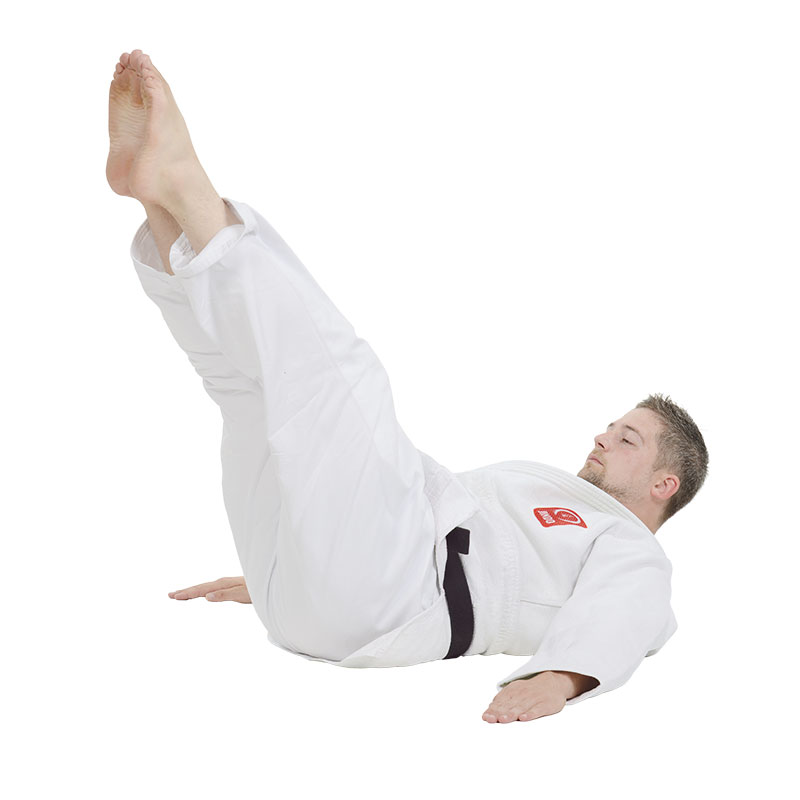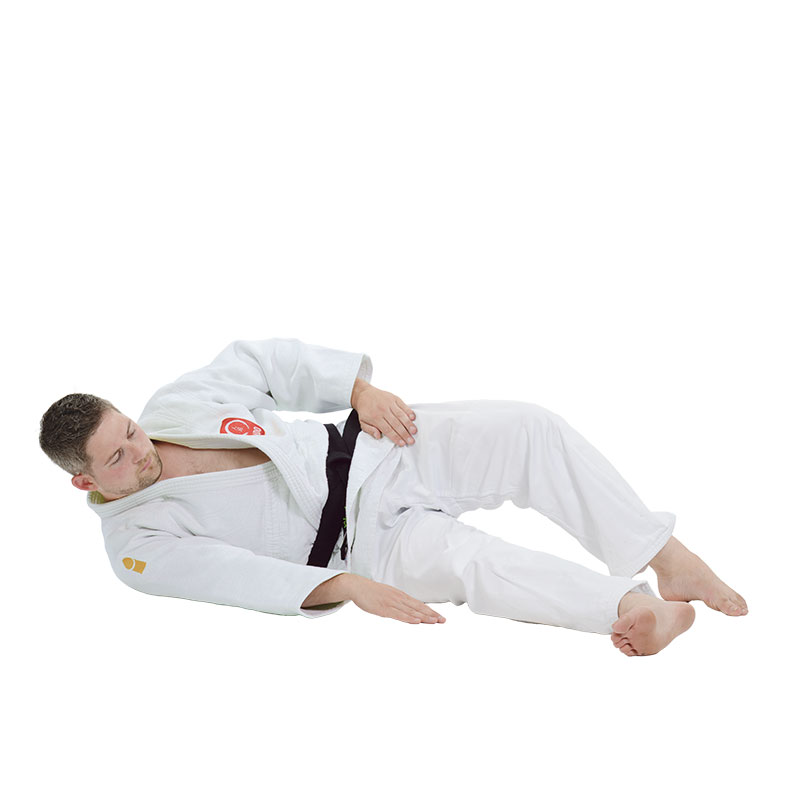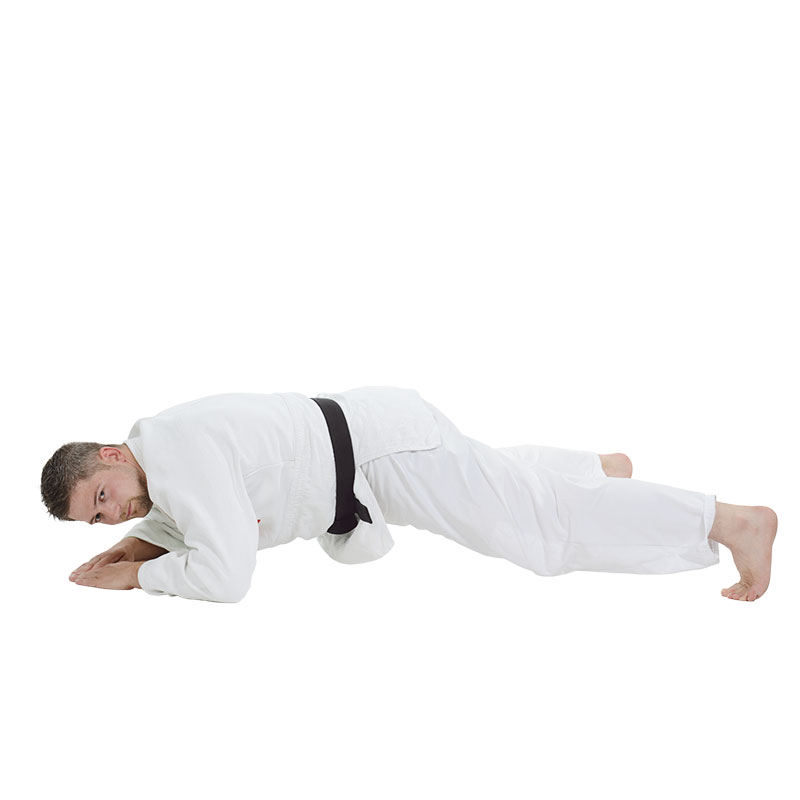Ukemi-waza – Breakfall Techniques
In judo, Ukemi-waza (受身技) refers to the techniques used to safely absorb and control a fall. Mastering ukemi is fundamental not only for safety, but also for developing confidence, awareness, and smooth movement in the dojo. As Jigoro Kano, the founder of judo, once said:
“Before learning to throw, one must learn to fall.”
Ukemi-waza consists of four primary breakfalls:
- Mae-mawari-ukemi (前回受身) – Forward rolling breakfall
- Ushiro-ukemi (後受身) – Backward breakfall
- Yoko-ukemi (横受身) – Side breakfall
- Mae-ukemi (前受身) – Forward impact breakfall
Mae-mawari-ukemi (前回受身) – Forward Rolling Breakfall
This is often the first rolling technique learned in judo and forms the basis for smooth falling during throws.
Execution:
- Step forward with your right foot.
- Place both hands on the ground inside the line of your right foot.
- Tuck your chin to protect your head and begin rolling diagonally over your right shoulder.
- The roll should continue over the left hip.
- As you finish the roll, extend your left arm and strike the mat (te-no-uchi) firmly beside your body.
- Your left leg remains extended and turned outward, while your right leg stays bent.
- Keep your chin tucked and avoid any contact between the head and the mat.
This type of fall trains coordination, balance, and a smooth transition into defensive positions.

shiro-ukemi (後受身) – Backward Breakfall
One of the most essential ukemi techniques, as most throws involve backward motion. This breakfall is often practiced from a seated, squatting, and then standing position.
Execution:
- Bend your knees and lower yourself into a squat.
- As you begin to fall backward, cross your arms in front of your chest.
- When your back makes contact with the mat, slap the mat simultaneously with both arms at about a 45° angle from the body.
- Your head remains lifted, with the chin tucked in to prevent it from hitting the mat.
- Feet remain flat or raised, depending on the fall variation.
Ushiro-ukemi trains one to absorb shock across the back and arms, spreading impact safely across the body.

Yoko-ukemi (横受身) – Side Breakfall
Used when being thrown sideways or when falling from awkward positions.
Execution:
- Stand upright and place your left leg extended across the front of your right leg.
- Fall onto your left side, striking the mat forcefully with your left arm beside your torso.
- Your right leg stays bent, and your head lifted, with the chin tucked.
- Your torso, hip, and arm absorb the impact.
This fall teaches spatial awareness and how to distribute energy on one side of the body.

Mae-ukemi (前受身) – Forward Impact Breakfall
Unlike the rolling ukemi, this involves a direct impact forward, often from throws like Seoi-nage.
Execution:
- From standing, fall forward while keeping your body aligned.
- As your chest moves toward the mat, stretch your legs behind you and place your toes on the mat, slightly apart.
- Land on your forearms, forming a triangle with the ground.
- Simultaneously, slap the mat with the palms of your hands, and look sideways to protect your nose and chin.
- Ensure that only your forearms and feet contact the mat.
This breakfall builds resilience and reaction speed for forward throws.

Closing Thoughts
Ukemi is not just a safety protocol—it’s a mindset. Learning how to fall correctly teaches respect for the body, awareness of danger, and mental composure under pressure. Every judoka, from beginner to black belt, continues to refine ukemi throughout their career.
“Ukemi is the foundation of judo. Without it, you cannot rise to higher levels of skill.” – Judo proverb